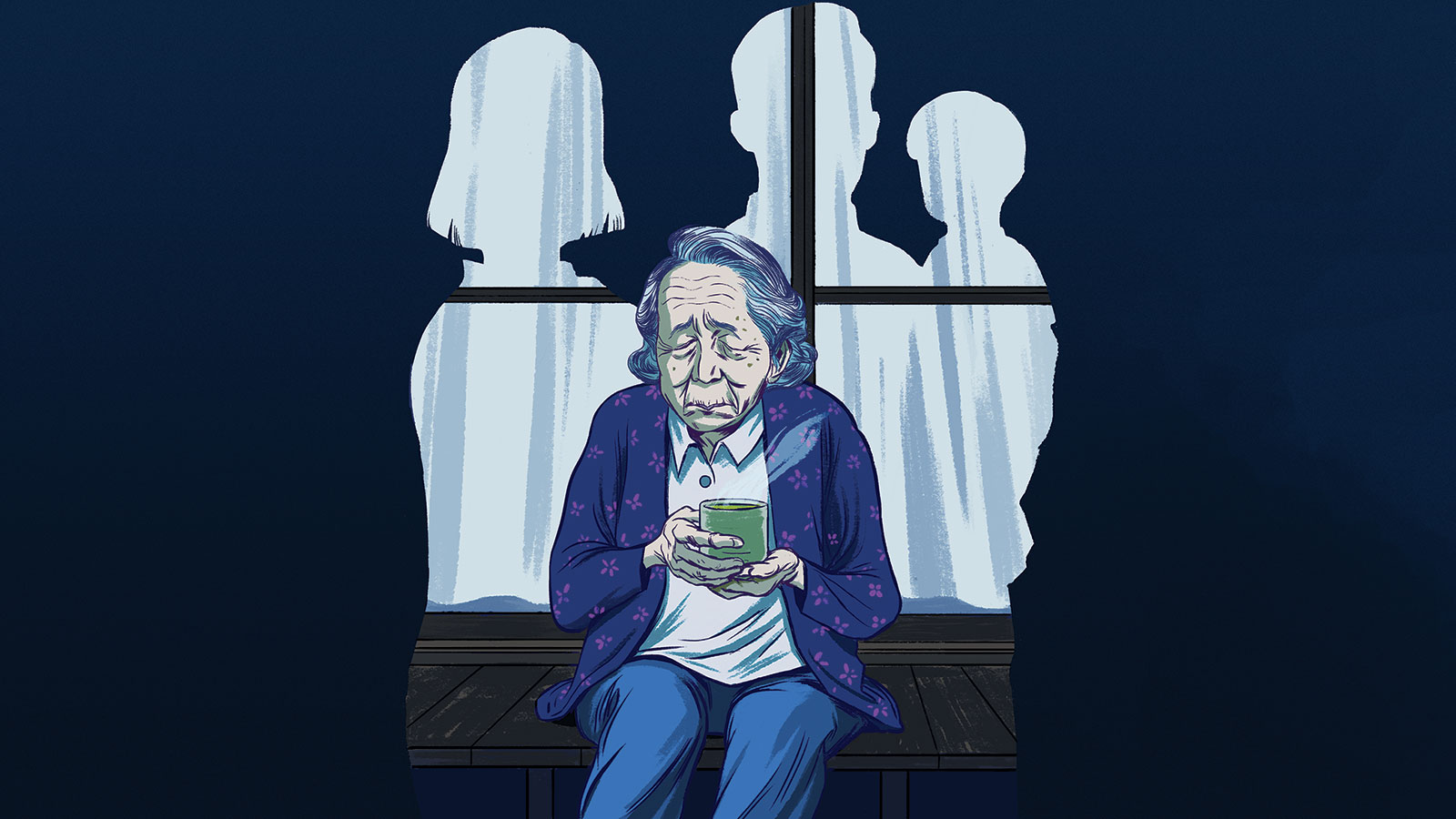Eighty-one-year-old Sachiko Miura wakes up at 6 a.m. every day to prepare breakfast at her newly renovated apartment located near a large supermarket, spa and a hospital in the suburbs of Japan's third largest city.
After cleaning her room and doing her laundry, she takes the elevator down to the ground floor of the residential complex to join others gathered for the 9:30 a.m. rajio taiso (radio calisthenics), a short, communal exercise routine performed to music. Then, by 10 a.m., she drops off a wooden tag into a box installed by the office of Yuimarl Jinnan, the name of the assisted living operator managing Miura's spacious 62½-square-meter apartment in Nagoya that she rents for around ¥63,000 a month.
If Miura doesn't leave this tag in the box for some reason, staff will call her or visit her apartment to confirm her safety. She's also given a portable "emergency button" and her room is equipped with a sensor that reports extended periods of immobility to Secom, the nation's largest security services provider, which will dispatch personnel if considered necessary. These and other services cost her an additional ¥30,000 a month, fees Miura covers with her state and survivor's pension.


















With your current subscription plan you can comment on stories. However, before writing your first comment, please create a display name in the Profile section of your subscriber account page.